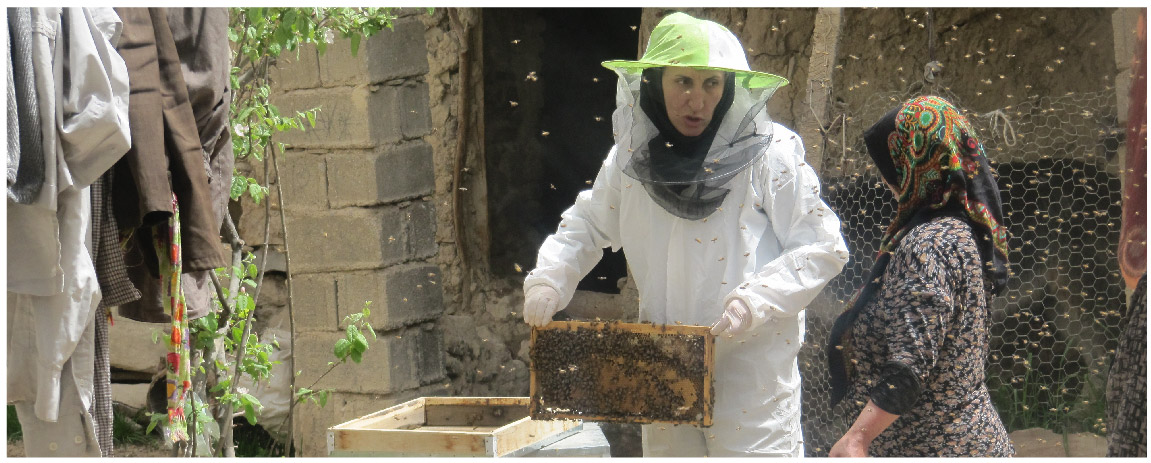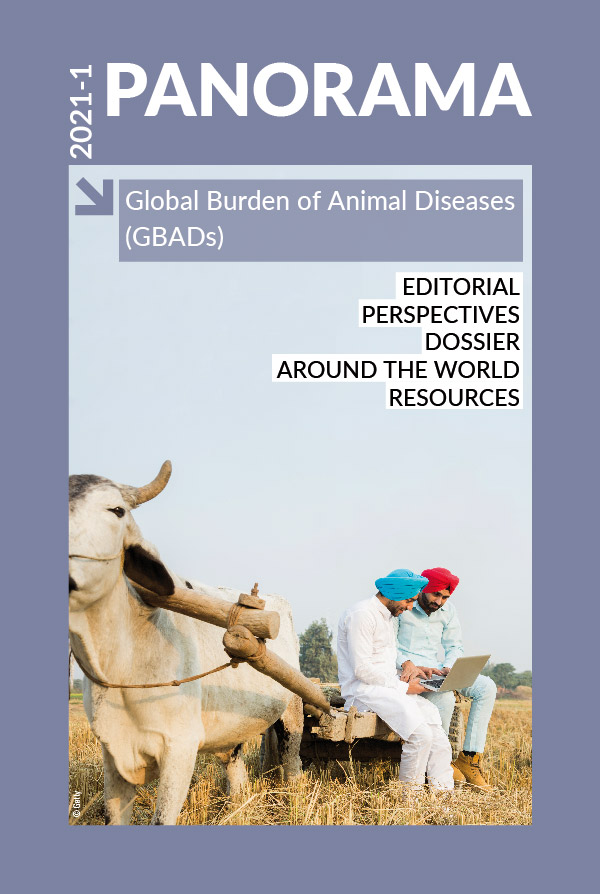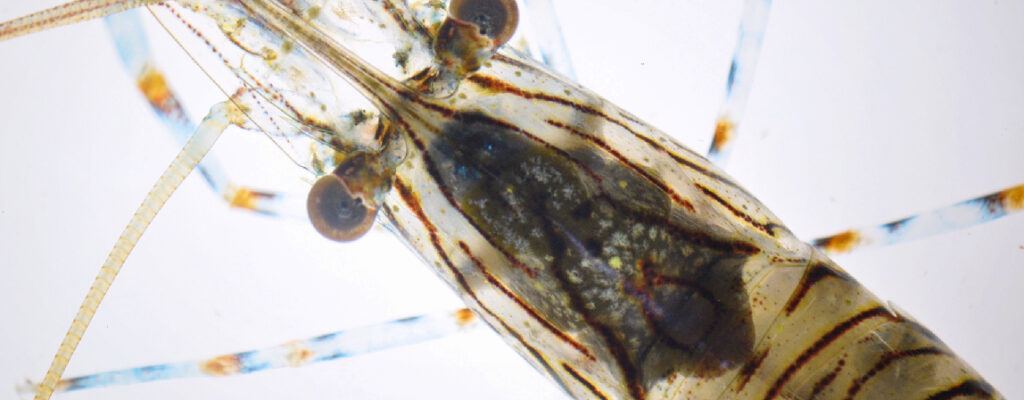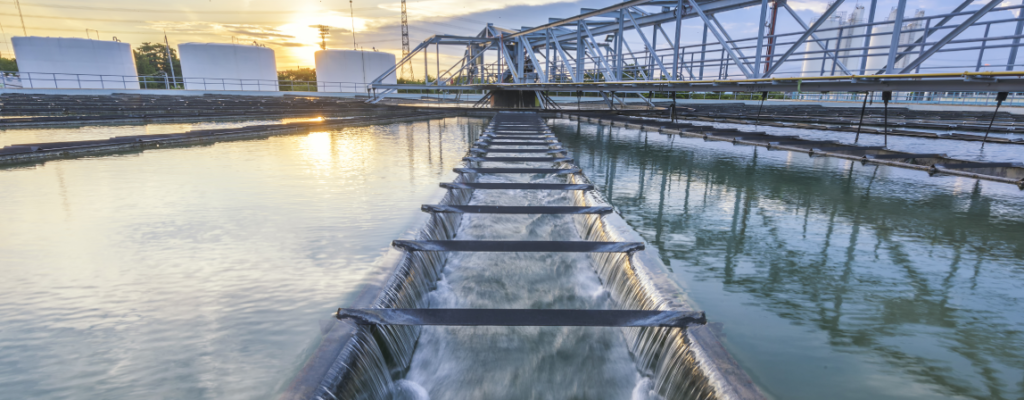Around the world Posted on 2021-08-16 11:14:31
Network initiatives
Development banks and the burden of animal diseases
Keywords
Authors
F.C.J. Berthe(1)* & J.F. Hinrichs(2)
(1) Senior Livestock Specialist, World Bank, Washington DC, United States of America.
(2) Senior Natural Resources Economist, Asian Development Bank, Mandaluyong, The Philippines.
* Corresponding author: fberthe1@worldbank.org
The designations and denominations employed and the presentation of the material in this article do not imply the expression of any opinion whatsoever on the part of the OIE concerning the legal status of any country, territory, city or area or of its authorities, or concerning the delimitation of its frontiers and boundaries.
The views expressed in this article are solely the responsibility of the author(s). The mention of specific companies or products of manufacturers, whether or not these have been patented, does not imply that these have been endorsed or recommended by the OIE in preference to others of a similar nature that are not mentioned.
Investment into improved animal husbandry, which is one of the foundations of livestock sustainability frameworks, is an essential element of the One Health approach, ensuring biosecurity and optimising human, animal and environmental health. There is a need to carefully assess the strengths and weaknesses of the livestock and aquaculture sectors, to identify those areas in which these investments will have the greatest impact, and show the best returns [2, 3].
Yet, what do we truly know of the production losses and reductions in efficiency caused by the occurrence of disease and other health problems in these animals? How much information exists on the current levels of public and private expenditure on terrestrial and aquatic animal health in different countries? In addition, where do the burdens of poor animal health fall in society? On farmers or consumers, on the poor or the wealthy, on women or men?
In reality, assessing the livestock and aquaculture sectors takes significant time and skill because there are no databases that provide ready information on animal health losses and expenditure. Making such data available to support the case for investment will reduce the time it takes to make the business case for improving animal health and also increase the probability that these investments will have a significant impact on the global Sustainable Development Agenda.
The framework and roll-out of the Global Burden of Animal Diseases (GBADs) programme will begin to provide such evidence for development banks, among other investors. In turn, such investors will support the institutionalisation of data collection and analysis of the burden of animal diseases at the local and national levels. They see this as a way of achieving greater efficiencies on their investment mechanisms, and also of contributing more effectively to global efforts towards the United Nations Sustainable Development Goals.
https://doi.org/10.20506/bull.2021.1.3264
References
- The World Bank (2020). – Moving towards sustainability: The livestock sector and the World Bank.
- Asian Development Bank (2021). – What Asia can do to protect against animal-borne diseases.
- The World Bank (2020). – Safeguarding animal, human and ecosystem health: One Health at the World Bank.












